Going through documentation and theories I understand that Object variables are reference variables that stores the memory address of the actual data that is stored in the Heap.
Also I can see the same being reflected in articles from a few years back:
[Screenshot showing obj variable containing another memory address as its value]
But spinning up Visual Studio 2022 I tried similar thing but now the Object variable I can see is directly containing the Object values:
[Screenshot showing object variable person containing value]

Can some kindly direct me in the right direction to understand if anything has changed fundamentally in C#?
Does this mean Object variables currently store data in the stack?

